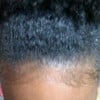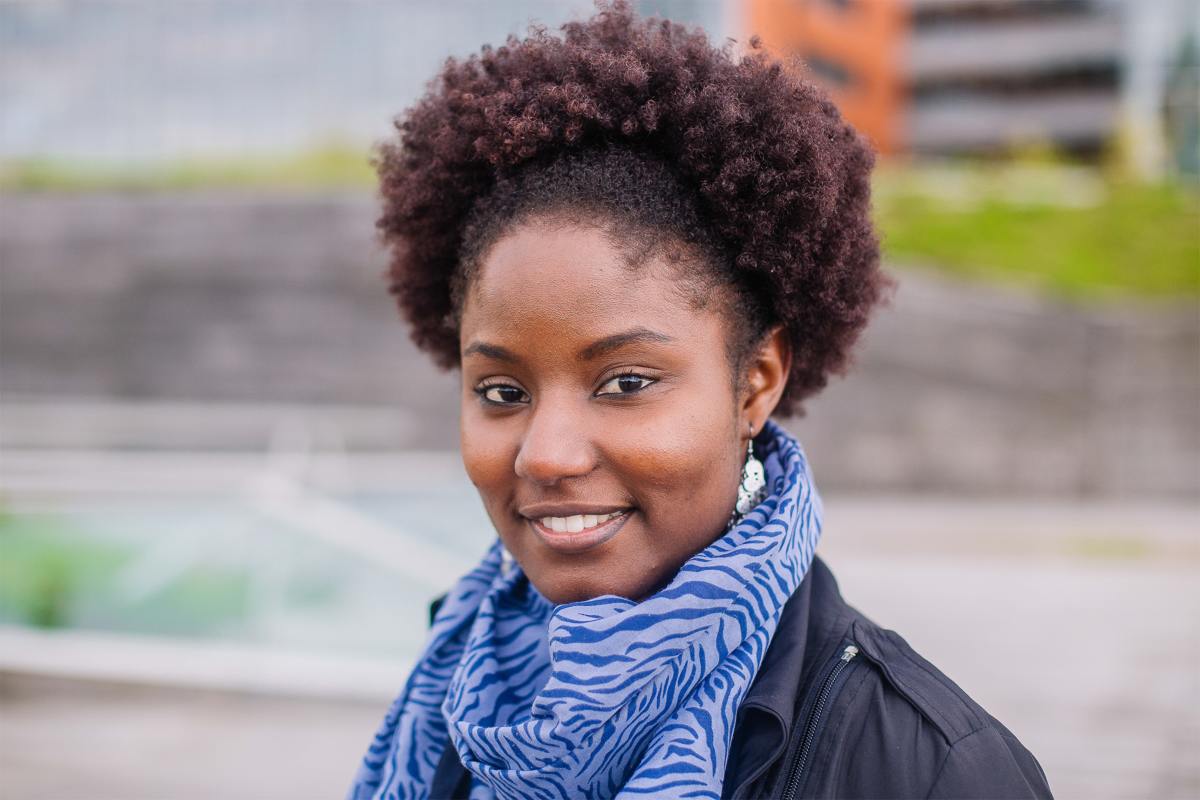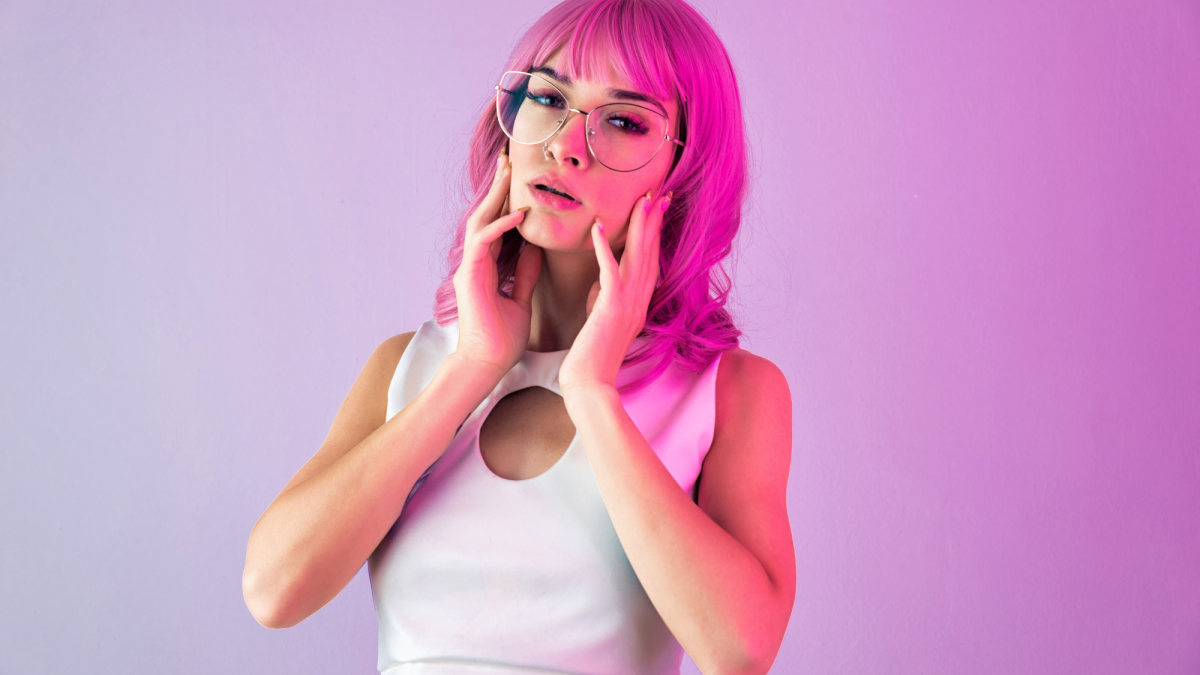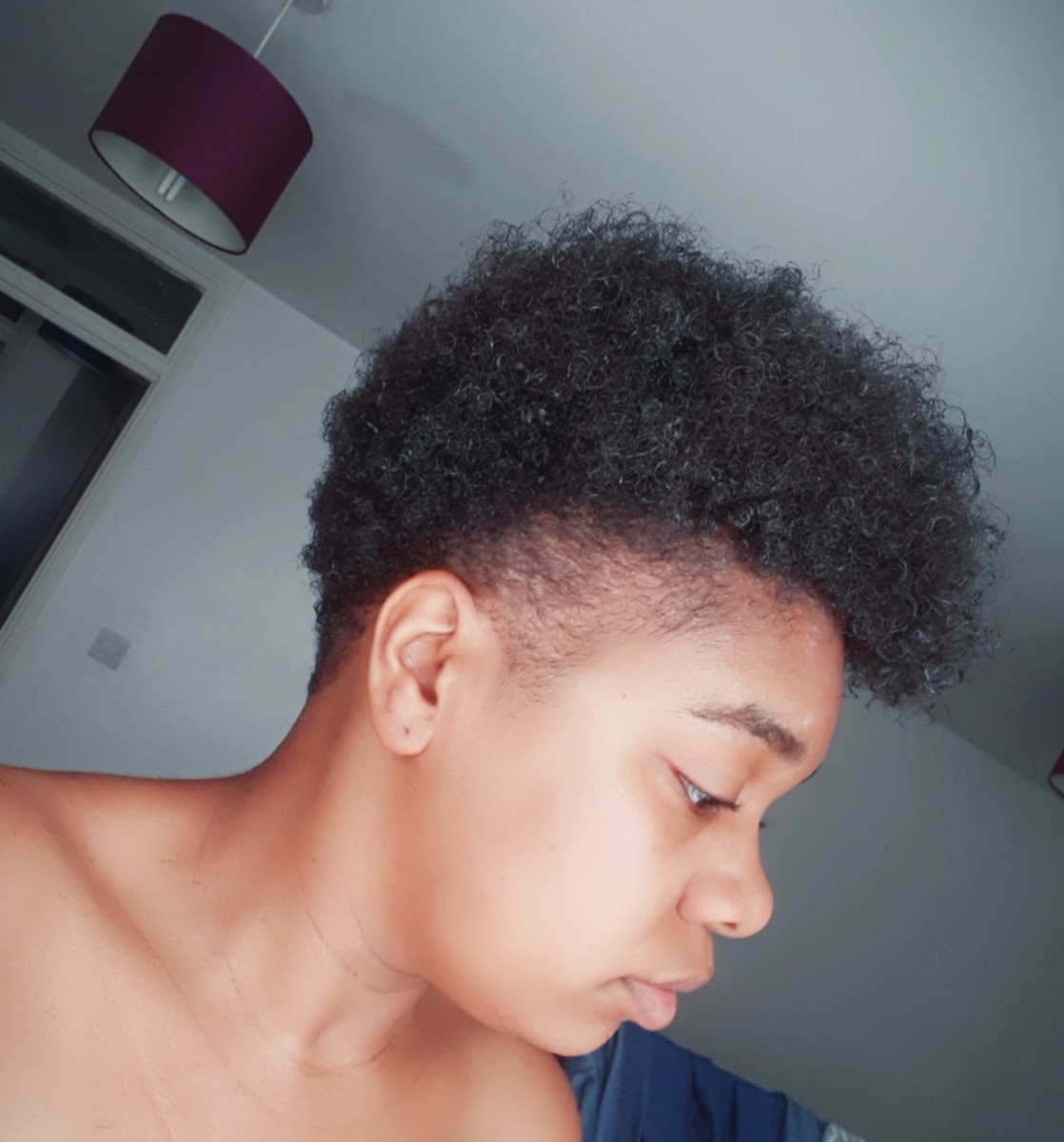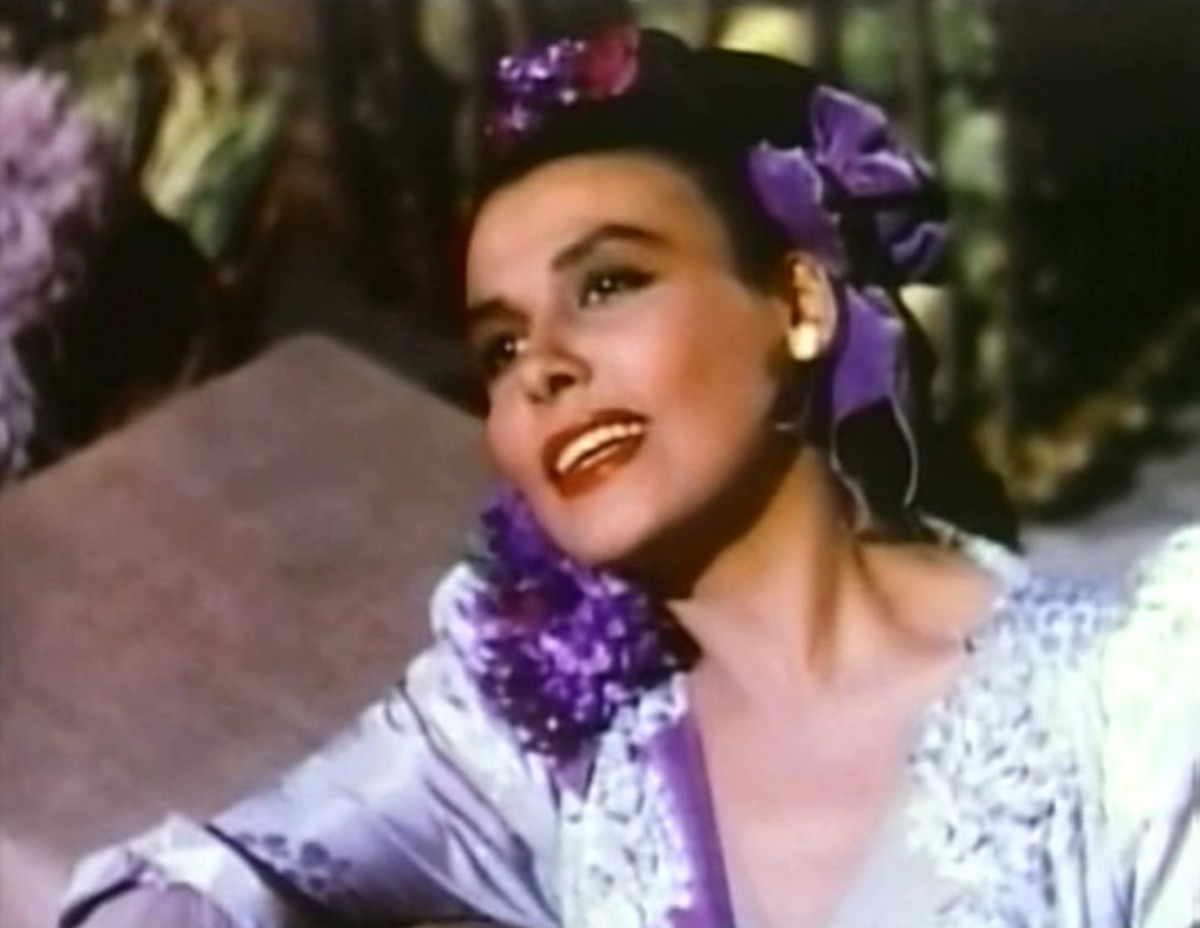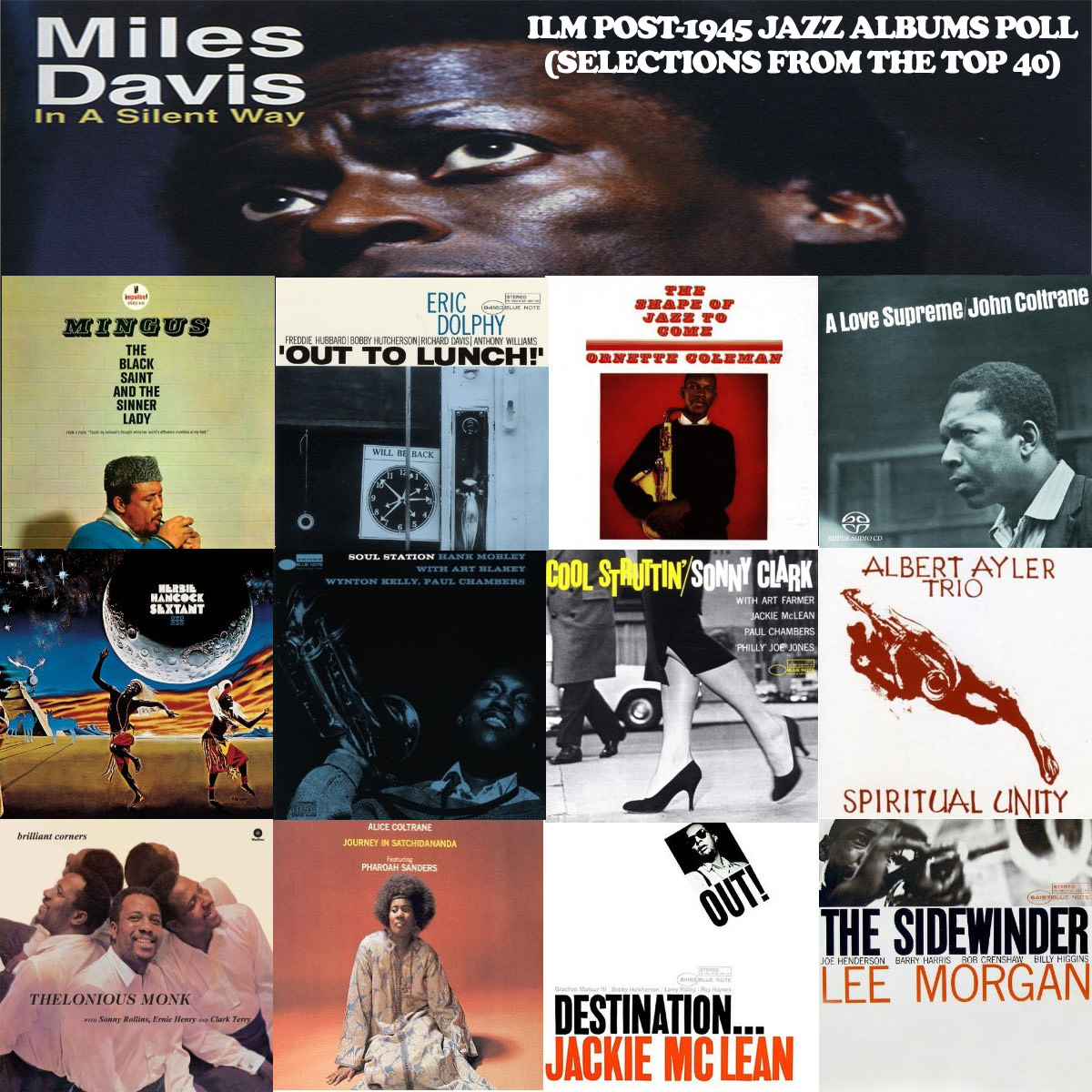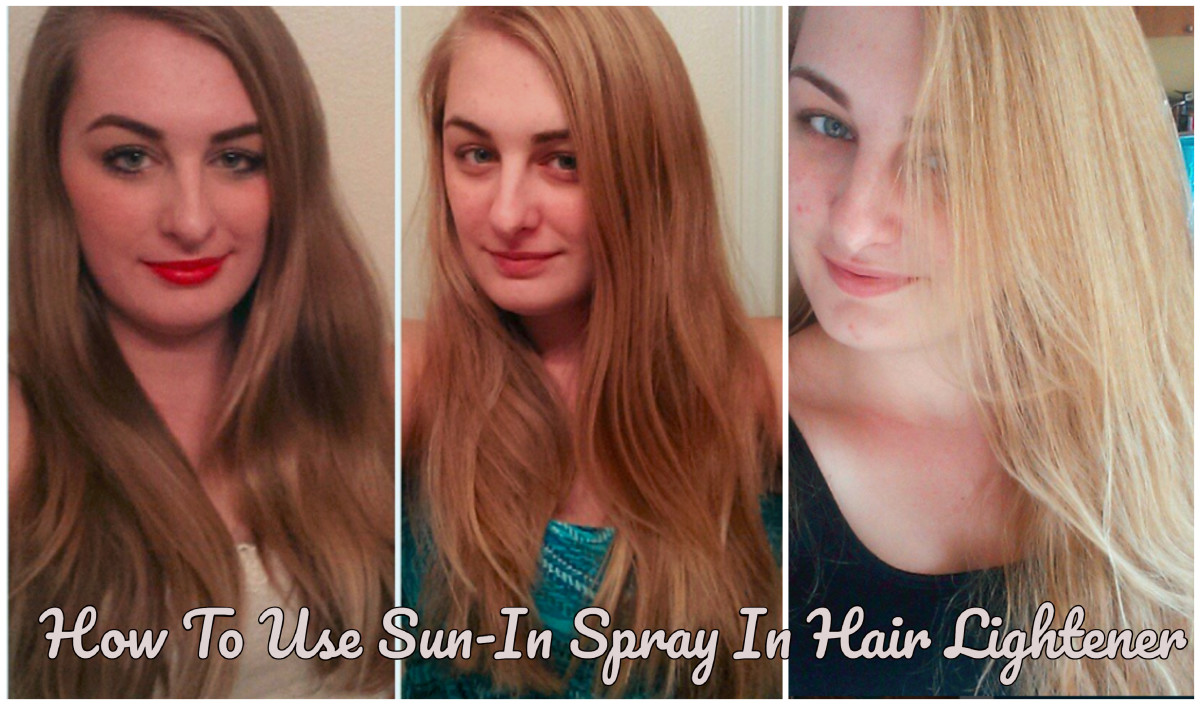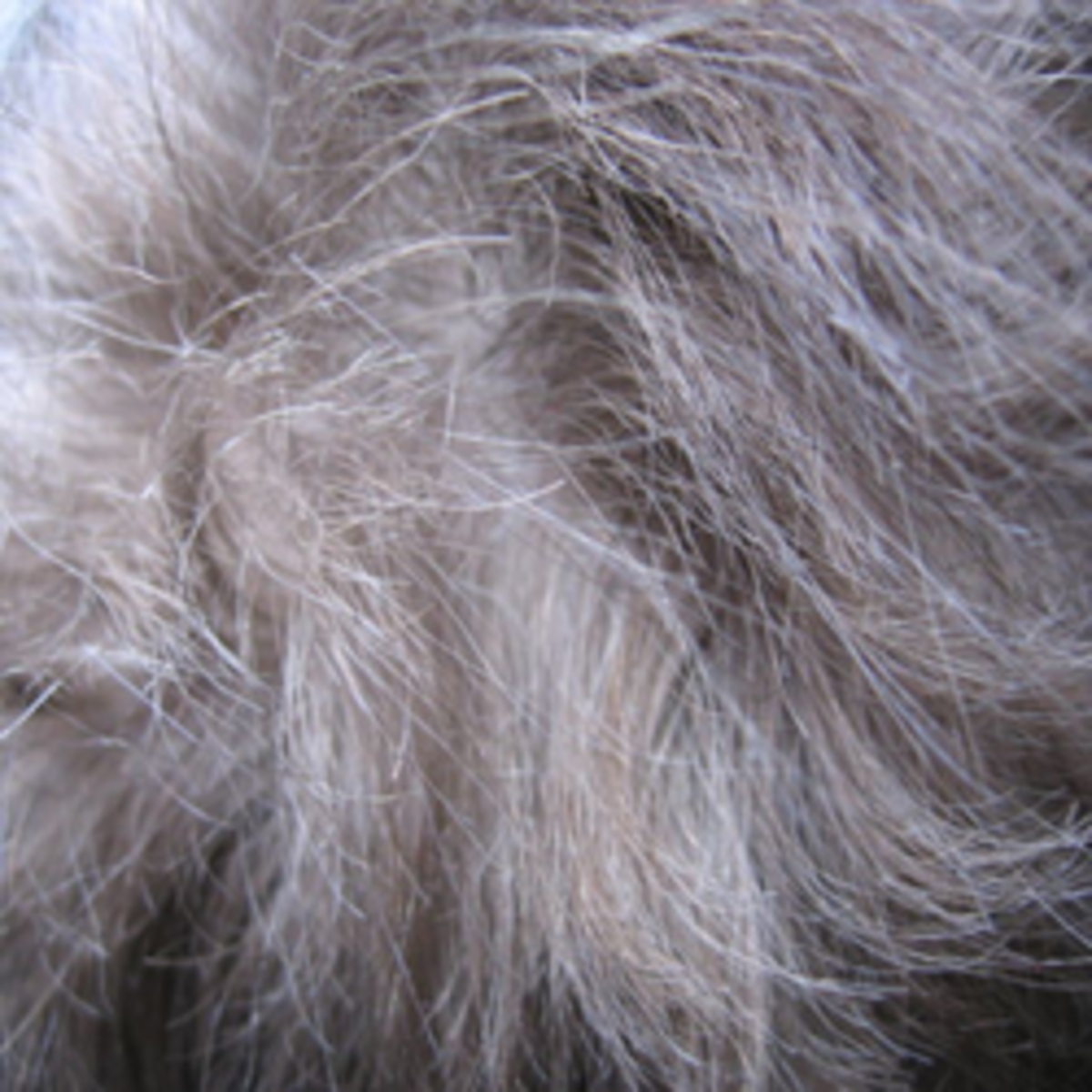Natural Hair: Back to the Basics
What Is Afro-Textured Hair?
Afro-textured hair describes the natural texture of unaltered Black African hair. Techniques such as flat irons, hot combs, or chemicals (straightening, relaxing, or perming) changes the natural texture of African hair.
The density of afro-textured hair is based on how the strands grow. These strands grow in a spring-like, helix shape. Some terms such as nappy, kinky, spiraled, or wooly are used to describe Black African hair.
A popular hair typing system classifies afro-textured hair as ‘type 4,’ but this is impossible because of variance. Not everyone with afro-textured hair is a solid ‘type 4.’ For instance, my hair falls between type 3c and 4a. I have multi-textured hair.
Afro-textured hair has varying strand patterns which include: s-curves, zig zags, springs, and coils. This kind of hair can range from sparse to dense. The diameter of afro-textured strands can be fine, medium, or wide.
Afro-textured hair can feel spongy, wooly, or cottony. The hair strand twists around itself in afro-textured hair. This behavior is known as “torsion twists,” where it's sort of like wringing a cloth. This type of twisting makes afro-textured hair fluffy and undefined, hence the afro.
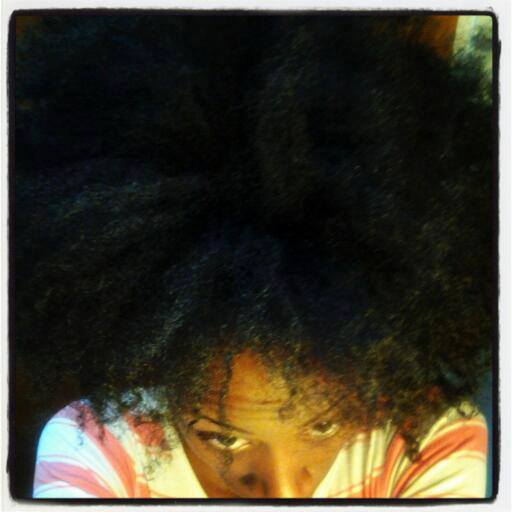
Afro-Textured Hair Roots in Africa
The Trans-Atlantic slave trade disrupted the routine grooming and hair care of African people. They used hairstyling to identify class and status. Those with long and flowy tresses were of high status.
During the slave trade, slaves didn’t have the tools, skills, and abilities to carry out their traditional hair practices.This is where the hair matting and thoroughly visible cotton hair textures came into play. African women couldn’t maintain their hair because of the 12-15 hour work days their masters forced on them. As a result, their hair tangled and matted.
Slaves had to quickly adapt to their newer conditions, so they used sheep fleece carding tools to detangle their hair. These bothersome conditions inflicted them with scalp disease. As part of adaptation, slaves created disinfecting and cleansing remedies for their scalps.
They used kerosene or cornmeal as a form of grease or oil on their scalps. Male slaves shaved their heads and wore hats to protect their scalps from the sun. Women slaves wore handkerchiefs and scarves to protect their hair. This is known as protective styling today.
Eventually laws were passed which allowed slaves to attend church and socialize on Sundays. They used this day to attend to their hair. Household staples such as lard, goose grease, and butter were used for moisturizers. Men used axle grease to dye and straighten their hair.
Women slaves used hot butter knives for curlers. The societal pressure that straight hair is more acceptable than afro-textured/natural hair dates back to slavery. Both slaves and ex-slaves sought out ways to straighten their kinky/curly textures. Their relaxers consisted of lye and potato, which burned the scalp immediately.
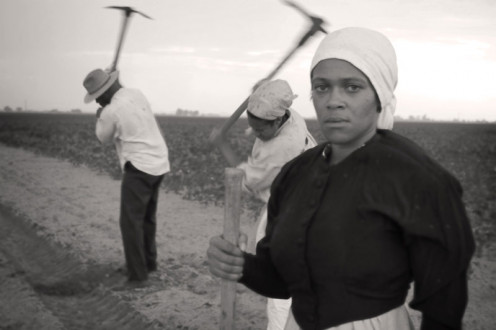
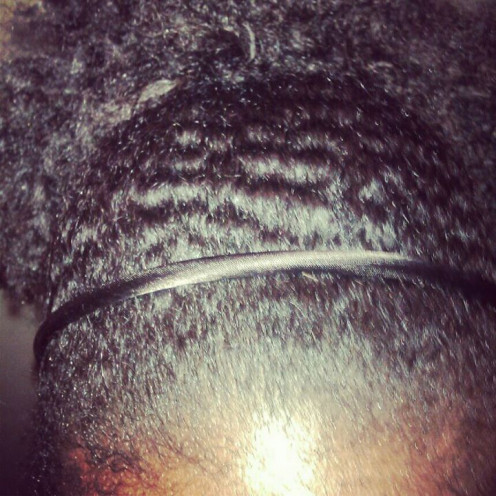
Good Hair: Segregation amongst Blacks
If you’re unfamiliar with the term Good Hair in the African-American community, I’ll explain. For centuries, the natural texture of Black African hair has been frowned upon. It’s been perceived as inappropriate, distracting, and undone.
The structure of Black (afro-textured) hair isn’t befitting with society’s standard image of beauty. If hair isn’t straightened, then it’s not acceptable. With this, self-hate and hate for each other occurs amongst African-Americans.
When you try to introduce the idea of natural hair, most African-Americans will say something along the lines of: “I don’t have good hair” or “My hair’s too nappy” or “You have good hair. I don’t. I can’t go natural.” So this raises the question of what’s considered good hair.
When you ask an African-American what they think good hair is, they’ll say it's soft, wavy, and Indian-like. Hair that’s anything other than the natural, cotton, tightly-coiled afro-texture is good hair as it relates to African-Americans.
Most will say they have good hair because they have Indian in their family. I’m not sure where this frame of mind came from, but it’s ridiculous. According to some African-Americans, hair is nappy and ugly if it isn’t naturally curly or wavy. Those who believe this are quick to suggest a relaxer.
The discomfort that most African-Americans have with their hair is because of social influences. If you access the beauty industry, what percentage of it glorifies African-American natural hair? How much of the beauty industry actually promotes and encourages African-Americans to embrace their natural hair? Not much of it. Weaves and relaxers are encouraged instead.
Natural Hair Isn't A Movement
The Rise of the Natural Hair Movement: Is It Really A Movement?
It’s a bit disturbing that natural hair is considered a movement instead of the norm. When a woman (or man) decides to wear their natural hair, they’re thought of as hopping on board the natural hair bandwagon or joining the movement. So again I ask: Is natural hair really a movement?
Has anyone ever considered the fact that chemical processing actually damages afro-textured hair? African-American hair is naturally fragile because of its structure, so the sordid application of chemicals and heat over an extended period of time can cause irreparable damage.
When I decided to wear my natural hair, I wasn’t trying to join some “movement.” My hair was severely thin and damaged. Years of relaxer usage had bald the side of my head. The bald spot is still recovering even now. There are thin hairs instead of a completely bald patch. This is the reason I chose natural hair.
Natural hair isn’t a movement. It’s a way of life. Since afro-textured hair isn’t part of the ideal straight and smooth look, then all who view it thinks it’s some sort of epidemic. In reality, natural hair is African-American hair as it grows out of the scalp, just as straight hair grows out of Caucasian or any other non-black scalp. It’s absurd to consider afro-textured hair a movement just because one decides to wear their hair for what it is.
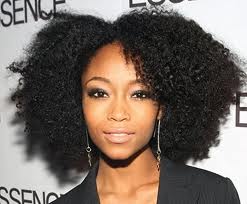
- EO (essential oils): highly concentrated, non-oily, volatile oils that are extracted from plants and evaporate quickly. These oils must be mixed with carrier oils before applying them to hair.
- ‘Fro (Afro): curly or frizzy hair shaped into a bush.
- Hair Typing: a hair classifying system created by hairstylist Andre Walker. This system sorts curls into these groups: 3a-c and 4a-c.
- Locks/Locs: a style where shed hair locks together and create rope-like strands.
- Nappversary/Nattyversary: a term naturals use to celebrate the day they officially returned to natural hair. It’s a hair anniversary. If you became natural on March 3, then you’ll celebrate every year on March 3.
- MBL (Mid Back Length): natural hair that reaches the middle of one’s back
- Pineappleing: a method of gathering curls to the front of the head and tying with a silk scarf. This preserves the curls for the next day.
- PJ (product Junky): someone who’s obsessed with buying products when they don’t need them.
- Pre-Poo: a pre-treatment that coats the hair with oils and conditioners to minimize stripping caused by shampooing.
- Protective Styling: a method used to retain hair length and gives the hair a break from constant manipulation.
- Sealing: used to seal in moisture. The LOC (liquid, oil, cream) is an example of a sealing method.
- Second (3rd, 4th, 5th, etc) Day Hair: used to describe the last time you’ve style your hair. The older the hair is, the better.
- Shrinkage: natural hair that shrivels after it’s completely dried. Natural hair is longer than it appears.
- Single strand knots: knots on single strands of hair. It’s pretty much self explanatory.
- Slip: describes how slippery a conditioner or detangling product is. The more slip it has, the easier detangling will be.
- Stretching: a term used to describe straightening natural hair without using heat or chemicals. Twists, braids, any type of out style, buns, etc are all ways to stretch natural hair to give it more length.
- Transitioning: the phase between relaxed and natural hair.
- Wash-n-go: washing your hair and allowing it to air dry.
- TWA (Teeny Weeny Afro): very short natural hair.
- Twist-Out: two-strand twists are installed and then taken out once they dry. The hair is further separated to give more volume.
Natural Hair Terms
This is a non-exhaustive list of terms related to natural hair:
- Accordion Technique: hair products are applied from ends to roots in a squeezing motion. This technique actives and elongates curls.
- ACV (Apple Cider Vinegar): a natural clarifier that lifts product build-up and closes hair follicles.
- APL (Armpit Length): a measuring tool that describes natural hair that reaches one’s armpit.
- BAA (Big A*S Afro): describes a large and fluffed out afro
- Baggy: a moisturizing method that allows the hair to soak in product (conditioner, oils, etc) with a plastic cap or bag covering it. The baggy method can be applied to the ends of hair also.
- Banding: a hair stretching technique that uses rubber bands down the length of a section of hair
- Bantu Knots: a natural curling technique that gently twists the hair until it twists around itself.
- Bantu Knot Out: a method where the bantu knots are taken out and the curls are worn
- BC (Big Chop): completely cutting off all relaxed hair.
- Braid-out: temporary braids are used to set and define curls. The braids are taken out to get a crimpled and fuller afro style.
- BSL (Bra Strap Length): describes natural hair whose length reaches the bra strap.
- CBL (Collar Bone Length): describes natural hair that reaches the collar bone.
- CG/ “Curly Girl’ Method: uses little to no shampoo, avoids products with silicones, and relies strictly on co-washing to cleanse the hair.
- Clarifying: lifts and cleanses hair of impurities that have accumulated in between hair washes.
- Coils: a style that’s achieved by twirling small sections of hair using your finger or a small comb.
- Co-wash: a cleansing alternative to shampoo. It doesn’t strip the hair of its natural oils as some shampoos do.
- Creamy Crack: a slang term used by naturals to that means a relaxer. Naturals refer to relaxers as “creamy crack” in that those who use them are forced to use them regularly to keep their hair straight.
- Detangling: gently releasing tangled hair by combing from roots to ends or using fingers to carefully separate tangles.
- DT or DC (Deep Treatment or Deep Conditioner): a moisturizer is left on the hair for a long period of time in order to deeply penetrate that strands and hair shaft. This restores moisture and strengthens natural hair.
- Dusting: lightly trimming hair ends. This isn’t a full hair trim.
This content is accurate and true to the best of the author’s knowledge and is not meant to substitute for formal and individualized advice from a qualified professional.
© 2014 Asia
